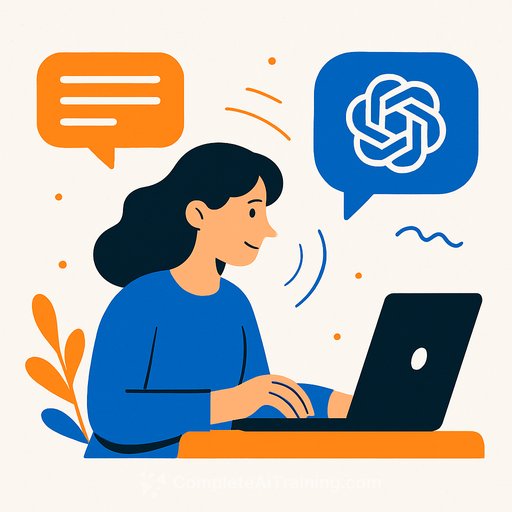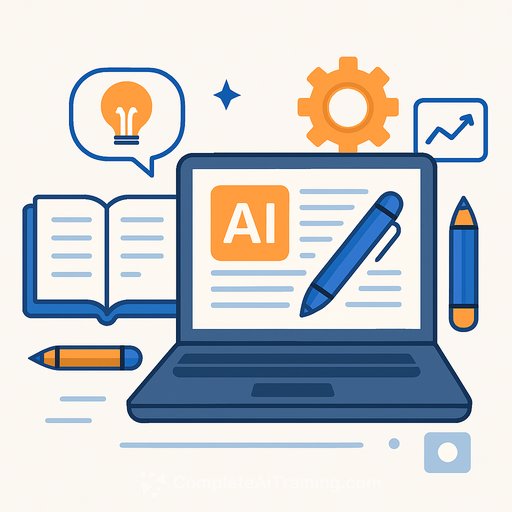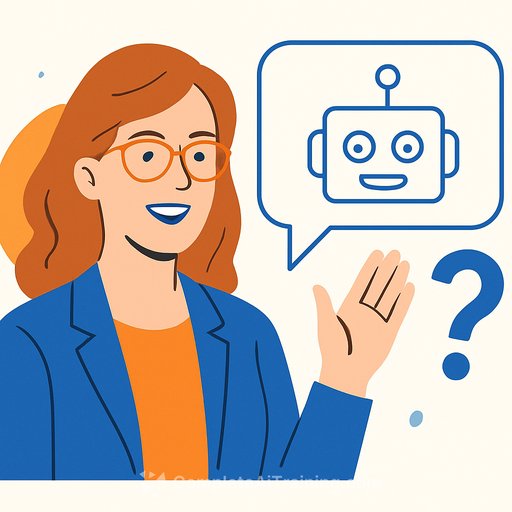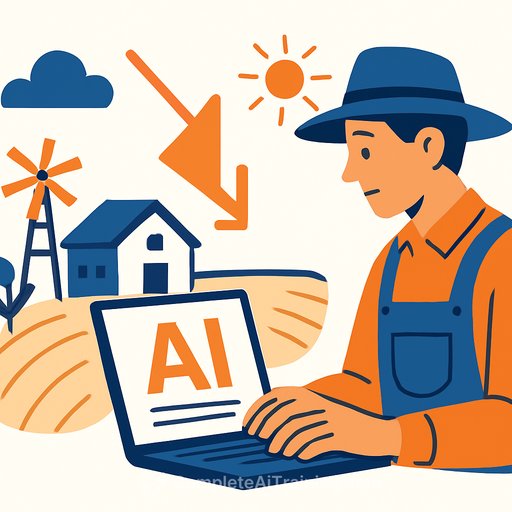How ChatGPT Is Shaping Our Language
ChatGPT has shifted the way we write, especially in academic circles. Words it favors, like “delve,” “examine,” and “explore,” have increased in scientific papers since its release. But does this influence extend to how we speak?
Researchers at the Max Planck Institute for Human Development, including Hiromu Yakura, Levin Brinkmann, and Ezequiel Lopez-Lopez, analyzed hundreds of thousands of YouTube videos and podcast episodes recorded before and after ChatGPT became publicly available. Their goal was to track changes in speech patterns and vocabulary linked to terms frequently used by ChatGPT.
Shifts in Speech Habits
Have you noticed changes in your own speech since using AI tools?
Hiromu Yakura: Absolutely. English is my second language, and ChatGPT has been a helpful companion. I realized I was adopting phrases like “delve into” from the AI in both writing and conversation. At first, it was a bit embarrassing, but it sparked my curiosity about whether others experienced this too.
What the Research Revealed
The team examined academic lectures, business podcasts, educational shows, and even religious podcasts—over 700,000 hours in total. They found that since ChatGPT’s release, the use of “delve” has surged by about 50% annually. Similar patterns emerged with words like “comprehend,” “underscore,” and “swift.”
Why focus on scientists?
Ezequiel Lopez-Lopez: Many scientists aren’t native English speakers. They rely on clear communication in English, often with AI support. This makes their language particularly susceptible to AI’s influence. But the effect isn’t limited to science; it spreads to business and education podcasts as well. Sports podcasts, however, showed no change.
How AI Influences Language
ChatGPT’s training data and methods remain largely undisclosed, making it hard to pinpoint why it favors certain words or punctuation like the em dash. One theory suggests that feedback from English speakers in Kenya influenced early versions of the model, shaping its vocabulary preferences.
Another factor is indirect influence. People connected to AI users—friends, colleagues—may pick up these speech patterns without using the AI themselves. This creates a group-level language shift, not just individual change.
Language Evolution and Structural Changes
Language naturally evolves. New terms like “lockdown” entered everyday use during the pandemic. But the changes triggered by ChatGPT focus on structural words—adjectives, adverbs, connectors—rather than nouns or concrete terms. This subtle shift affects the framework of how we communicate.
Unlike traditional language changes that spread via media introducing new nouns, ChatGPT’s influence is more nuanced. It raises concerns about the potential for deliberate manipulation of language models by entities seeking to influence public discourse.
Concerns About Linguistic Uniformity
If people start mirroring AI-generated language, future AI training data could become more uniform, reducing diversity. Diversity in language is vital for creativity and the robustness of AI systems. Interaction between AI and humans can cause this homogenization, not just AI-to-AI interaction.
Could this trend be reversed by simply stopping AI use? Possibly, but the subtlety of the change means many won’t even notice it happening.
OpenAI has begun reducing the frequency of certain overused terms in ChatGPT. Conversely, some users might avoid these words to not sound “AI-like,” potentially restoring language variety through a feedback loop.
The Power Concentration in AI Companies
The biggest concern is that a few companies hold the power to influence language patterns globally. Language reflects culture and values, so shifts in language might alter cultural norms as well.
While AI could encourage reflection on language use, its statistical nature favors the most probable outputs, making it harder to promote diversity. Many users now consult AI instead of human forums, reducing the variety of linguistic input. This drop in variation risks stalling new ideas and solutions.
Looking Ahead: Language and AI
If AI continues to flatten language variation, cultural development may suffer. Variation fuels evolution and innovation. Yet, AI also lowers barriers for newcomers to create, potentially boosting creativity.
AI chatbots have already introduced new words into some users’ vocabularies. For example, “delve” became a useful addition for some speakers who hadn’t used the word before.
While efficiency matters, language also signals identity and social structures. Unlike early voice assistants, AI models like ChatGPT engage in rich conversations, forming deeper connections and influencing speech more profoundly.
Practical Takeaways for Writers
- Be aware that your vocabulary and phrasing might subtly shift with AI use.
- Maintain linguistic diversity by consciously mixing traditional expressions with AI-suggested language.
- Understand that AI tools prioritize common, statistically likely phrases, which may limit creative expression if over-relied upon.
- Consider exploring resources on AI and language to stay informed about these dynamics. For example, Complete AI Training’s ChatGPT courses offer practical insights.
Ultimately, writers should balance the benefits of AI assistance with active efforts to preserve their unique voice and linguistic creativity.
Your membership also unlocks:






